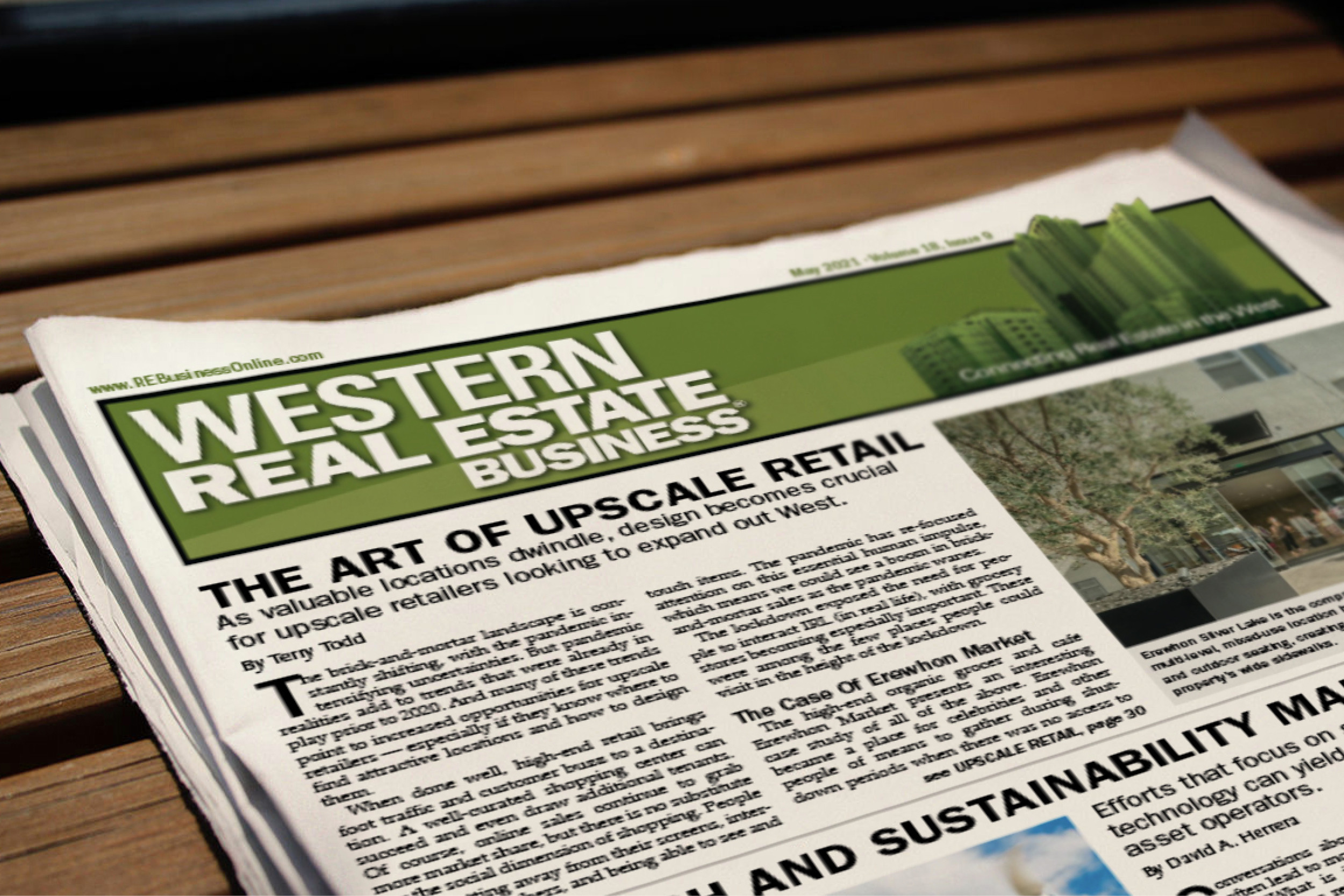Though not all retail will survive the pandemic, investors are finding opportunities by following the people and, in some instances, incorporating mixed-use into their shopping
The shopping center business has been in a state of change for some time now, though these changes have been accelerated due to how municipalities and market responded to the pandemic. Some of the trends affected include capital investment and population migration to tax friendly and less regulated states, the evolution of shopping patterns, changes in redevelopment and the conversion of obsolete shopping centers to mixed-use and /or housing.
More and more businesses that were once considered internet resistant are becoming increasingly victimized by Amazon and other online outlets. Even Internet proof categories like grocery have seen a loss in market shares. The trend of placemaking also taken a hit. Dense lifestyle-oriented projects in urban areas such as San Francisco and Los Angeles have struggled. This is at least partially due to population outmigration and increased demand for space in suburban areas, which ironically are the opposite trends from the last recession.
Investments Shift States
There’s also been a dramatic redirecting of shopping center investment activity from states like California and a migration of capital into other Western growth States such as Idaho, Utah, Montana, and Wyoming. This is due to job and population growth as well as business regulation and tax changes. Cap rate compression has been strong in these alternate markets and this trend has accelerated since the Pandemic.
Rent collections and performance in these alternate states amidst the Pandemic have fared better compared to California amidst of the pandemic. Coupled with proposed increases in property taxes, Investors are fearing for continually decline retail net income for properties held in California. If this continues, there may be a point where more redevelopment conversions will take place due to heightened housing demand and pricing in these alternate areas.
Conversion Occurs
Obsolete shopping centers have been a target for mixed-use and residential conversions, especially in infill Northern and Southern California. Historically there has been resistance to densification or conversion by many municipalities. Part of the reason for this has been that a city’s fiscal budget depends on retail sales tax for revenue while additional residential units require more expenditure of city services (police, fire, schools, traffic, infrastructure, utilities).
Nowadays, however, Cities are increasingly responding to California’s housing crisis due to increased pressures from statewide legislation to provide more housing. We are seeing an increased openness from Cities to re-zone specific sites that are potential candidates to add housing. These tend to include sites where housing is not currently allowed and where and existing use can be deemed obsolete.
There is also an increased push to provide new housing/mixed-use friendly Specific Plans to allow residential and density. Specific Plans are neighborhood specific overlays that supersede the property’s current zoning. These mixed-use Specific Plans are also being revised to reduce the commercial requirement or minimum commercial areas required. Overly burdensome commercial requirements mixed with minimal height allowances, minimal residential density, and too much parking requirements - have rendered many Specific Plans impractical from a construction typology and design perspective. Lower height oriented areas that are now allowed to reduce their ground floor retail and commercial footprints will benefit from the ability to process for-sale housing where it was once nearly impossible.
Some markets with new approved Specific Plans, don’t have the residential values to push the property into a redevelopment candidate. This has led to a disconnect in valuations for property owners, cities, and developers.
There are still many opportunities for creativity in the redevelopment of shopping centers. Each market, site, and rent roll provides a unique set of opportunities for value-creation and maximization.
Nick D’Argenzio, MRED
Managing Director Redevelopment Advisory Group at Faris Lee Investments
Adjunct Professor, Urban Real Estate Development at University of Southern California’s Sol Price School of Policy and Urban Planning
